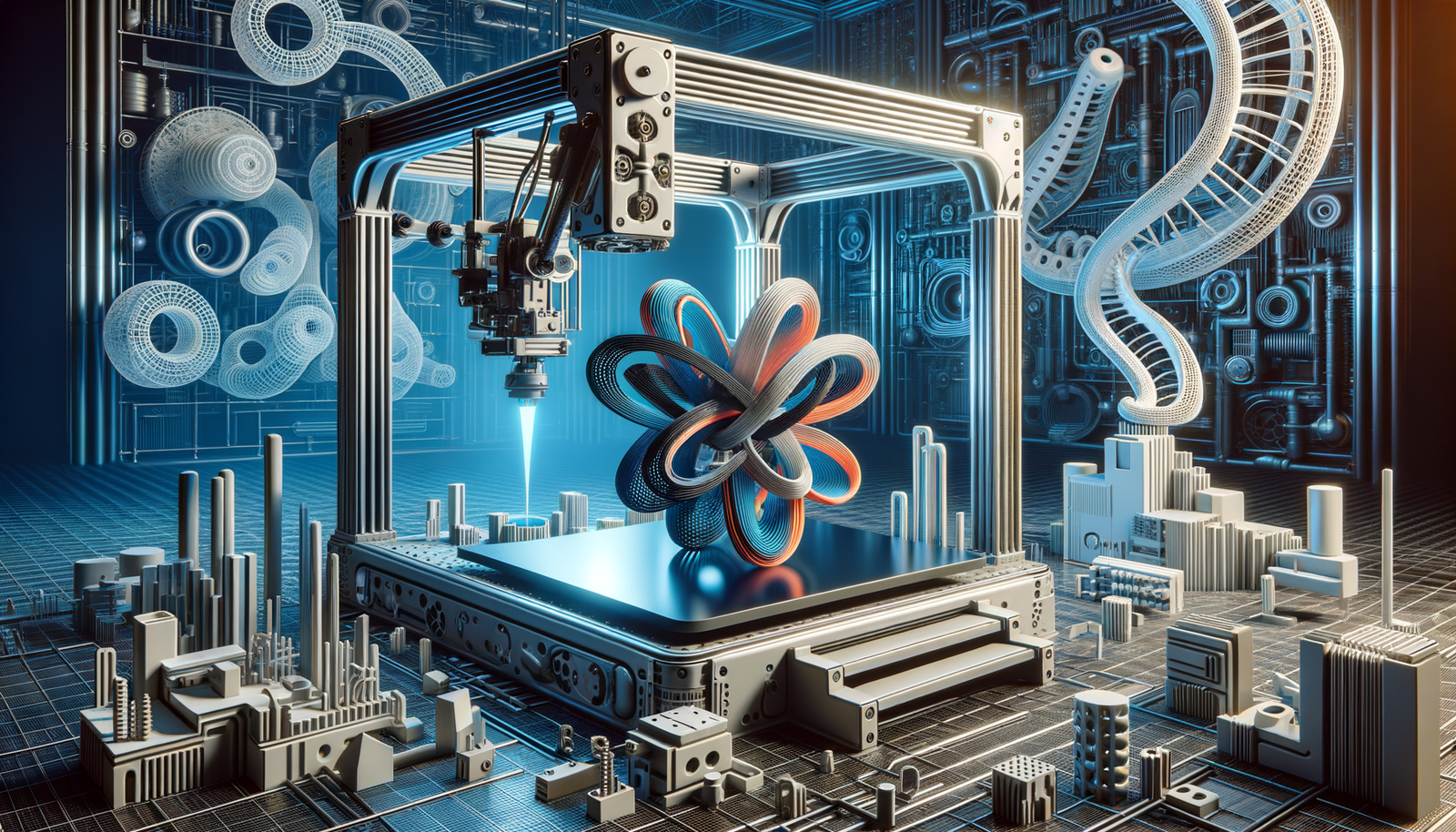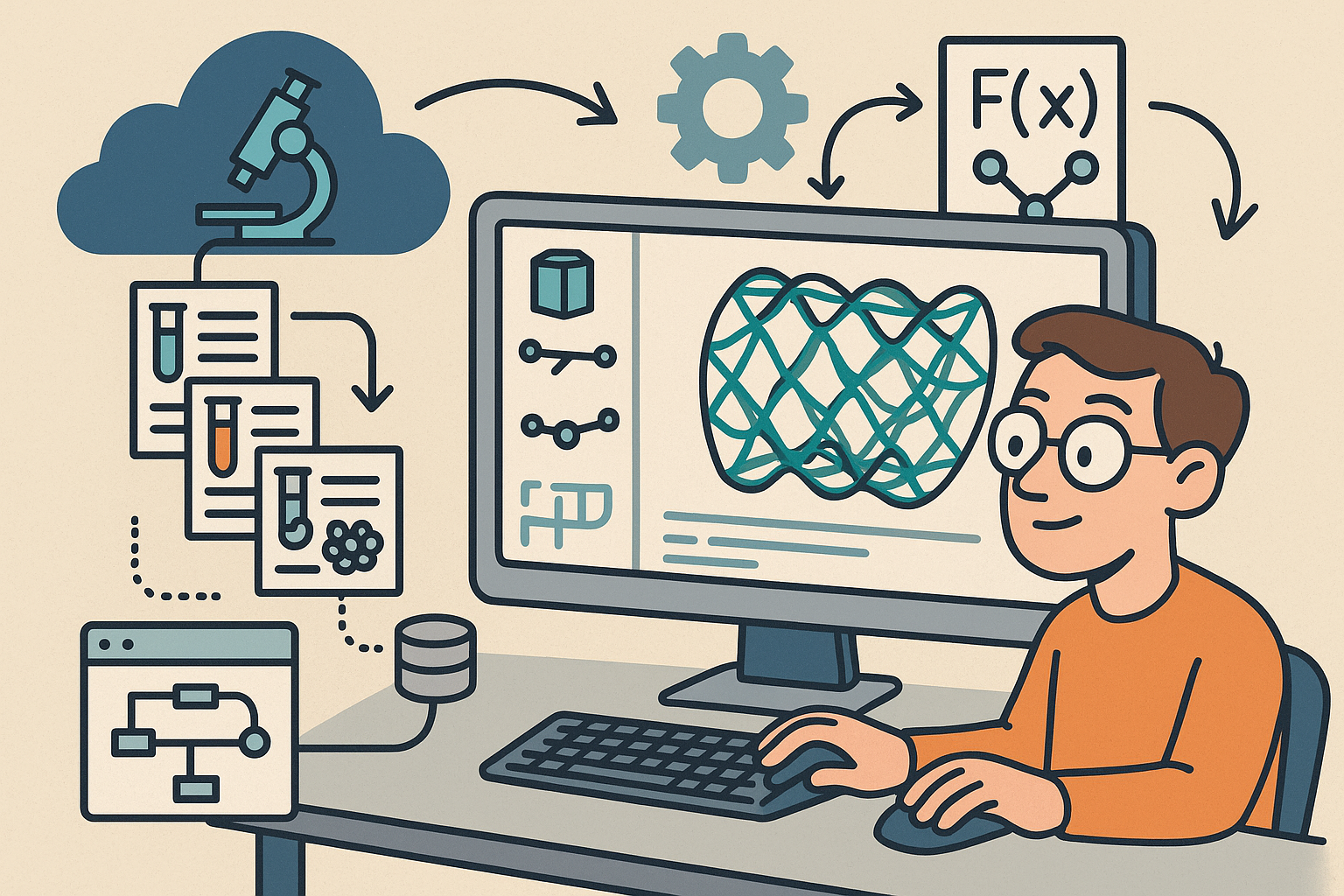Your Cart is Empty
Customer Testimonials
-
"Great customer service. The folks at Novedge were super helpful in navigating a somewhat complicated order including software upgrades and serial numbers in various stages of inactivity. They were friendly and helpful throughout the process.."
Ruben Ruckmark
"Quick & very helpful. We have been using Novedge for years and are very happy with their quick service when we need to make a purchase and excellent support resolving any issues."
Will Woodson
"Scott is the best. He reminds me about subscriptions dates, guides me in the correct direction for updates. He always responds promptly to me. He is literally the reason I continue to work with Novedge and will do so in the future."
Edward Mchugh
"Calvin Lok is “the man”. After my purchase of Sketchup 2021, he called me and provided step-by-step instructions to ease me through difficulties I was having with the setup of my new software."
Mike Borzage
Harnessing the Power of Topology Optimization in Additive Manufacturing for Innovative Design Solutions
August 17, 2024 4 min read


Topology Optimization in Additive Manufacturing
Topology optimization and additive manufacturing are two powerful technologies that, when combined, offer unprecedented potential for creating innovative and efficient designs across various industries. Topology optimization is a mathematical approach that optimizes material layout within a given design space, for a set of loads, boundary conditions, and constraints, to maximize the performance of the system. On the other hand, additive manufacturing (AM), commonly known as 3D printing, is a process of creating objects by adding material layer by layer based on digital models.
The evolution of topology optimization can be traced back to traditional manufacturing techniques where design limitations were often dictated by the capabilities of subtractive manufacturing methods such as milling and drilling. The emergence of AM technologies has disrupted this paradigm, allowing for more complex geometries and optimized material usage. Topology optimization has gained substantial importance with the rise of AM because it enables designers to exploit the full potential of additive processes, driving substantial benefits for industries like aerospace, automotive, and biomedical.
The Science Behind Topology Optimization
Fundamental Concepts
At its core, topology optimization involves redistributing material within a given design space to achieve the best possible performance according to specific objective functions and constraints. This process utilizes advanced optimization algorithms to find the optimal material layout that meets performance goals while minimizing material usage and weight. Essential concepts include:
- **Material distribution**: Determining where material should be placed within the design space to meet structural requirements.
- **Objective functions**: Defining the performance metrics that need to be optimized, such as minimizing weight or maximizing stiffness.
- **Constraints**: Including design constraints such as maximum allowable stress and manufacturing limitations.
Computational Methods
Topology optimization relies heavily on computational methods to evaluate and improve designs iteratively. Key methodologies include:
- **Finite Element Analysis (FEA)**: Used to assess the stress and strain distribution within a structure, providing critical data for optimization algorithms.
- **Gradient-based techniques**: Optimization methods that use gradient information to efficiently navigate the design space towards optimal solutions.
- **Heuristic optimization techniques**: Algorithms that rely on trial-and-error or evolutionary strategies to find near-optimal solutions.
Software Tools
Several advanced software tools facilitate topology optimization, offering robust simulation and integration capabilities with AM platforms. Popular tools include:
- **ANSYS**: A comprehensive simulation software suite that provides powerful tools for structural optimization.
- **Autodesk**: Offers tools like Fusion 360 which support topology optimization and integrate seamlessly with AM workflows.
- **SolidWorks**: Provides topology optimization features within its simulation packages, enabling seamless design and manufacturing integration.
Applications and Case Studies
Aerospace Industry
In the aerospace sector, lightweight and high-performance structures are critical. Topology optimization enables the design of components that are both lightweight and structurally sound. For example, optimized brackets for satellites can achieve significant weight reductions while maintaining essential strength and durability. This leads to lower fuel consumption and higher efficiency in aerospace applications.
Automotive Industry
The automotive industry benefits from topology optimization through enhanced material efficiency and performance improvements. By optimizing the design of car chassis and other critical components, manufacturers can achieve lighter, more fuel-efficient vehicles without compromising safety and performance. This results in reduced emissions and better overall vehicle dynamics.
Biomedical Sector
In the biomedical field, topology optimization plays a crucial role in developing custom implants and prosthetics tailored to individual patients. Patient-specific orthopedic implants, for instance, can be optimized for fit, comfort, and functionality, leading to improved patient outcomes and faster recovery times. This customization is made possible through the integration of topology optimization with AM technologies.
Challenges and Future Prospects
Current Limitations
Despite its advantages, topology optimization faces several challenges that need to be addressed. These include the high computational intensity and resource requirements for complex optimizations, as well as material limitations and manufacturing constraints imposed by current AM technologies.
Overcoming Barriers
Advances in computational power and optimization algorithms are gradually mitigating these challenges, making topology optimization more accessible and efficient. Additionally, innovations in AM materials and techniques are expanding the range of feasible designs, enabling more intricate and high-performance components.
Future Directions
The future of topology optimization in AM is promising, with several exciting developments on the horizon:
- **AI and machine learning**: These technologies hold the potential to enhance optimization processes by learning from past designs and predicting optimal configurations more efficiently.
- **Real-time optimization**: The possibility of real-time topology optimization during the manufacturing process could revolutionize the way components are designed and produced.
- **Broader adoption**: As technology advances, the broader adoption of topology optimization and AM will likely extend to more industries, driving innovation and efficiency across the board.
Conclusion and Call to Action
Combining topology optimization with additive manufacturing represents a transformative potential for creating highly efficient and innovative designs. Industries stand to benefit greatly from adopting and experimenting with these technologies. However, continued research and development are essential to overcome current challenges and fully realize the potential of topology optimization in AM. By embracing these advancements, industries can drive forward innovation, efficiency, and sustainability in their manufacturing processes.
Also in Design News

Materials Informatics in Design Software: Parametric, Traceable, Solver-Ready Material Models
November 03, 2025 12 min read
Read More
Design Software History: From Splines to NURBS: Mathematical Foundations, Industry Adoption, and Practical Challenges
November 03, 2025 14 min read
Read More
Cinema 4D Tip: Cinema 4D Constraint Tag — Precise LookAt and Aim Setups
November 03, 2025 2 min read
Read MoreSubscribe
Sign up to get the latest on sales, new releases and more …


